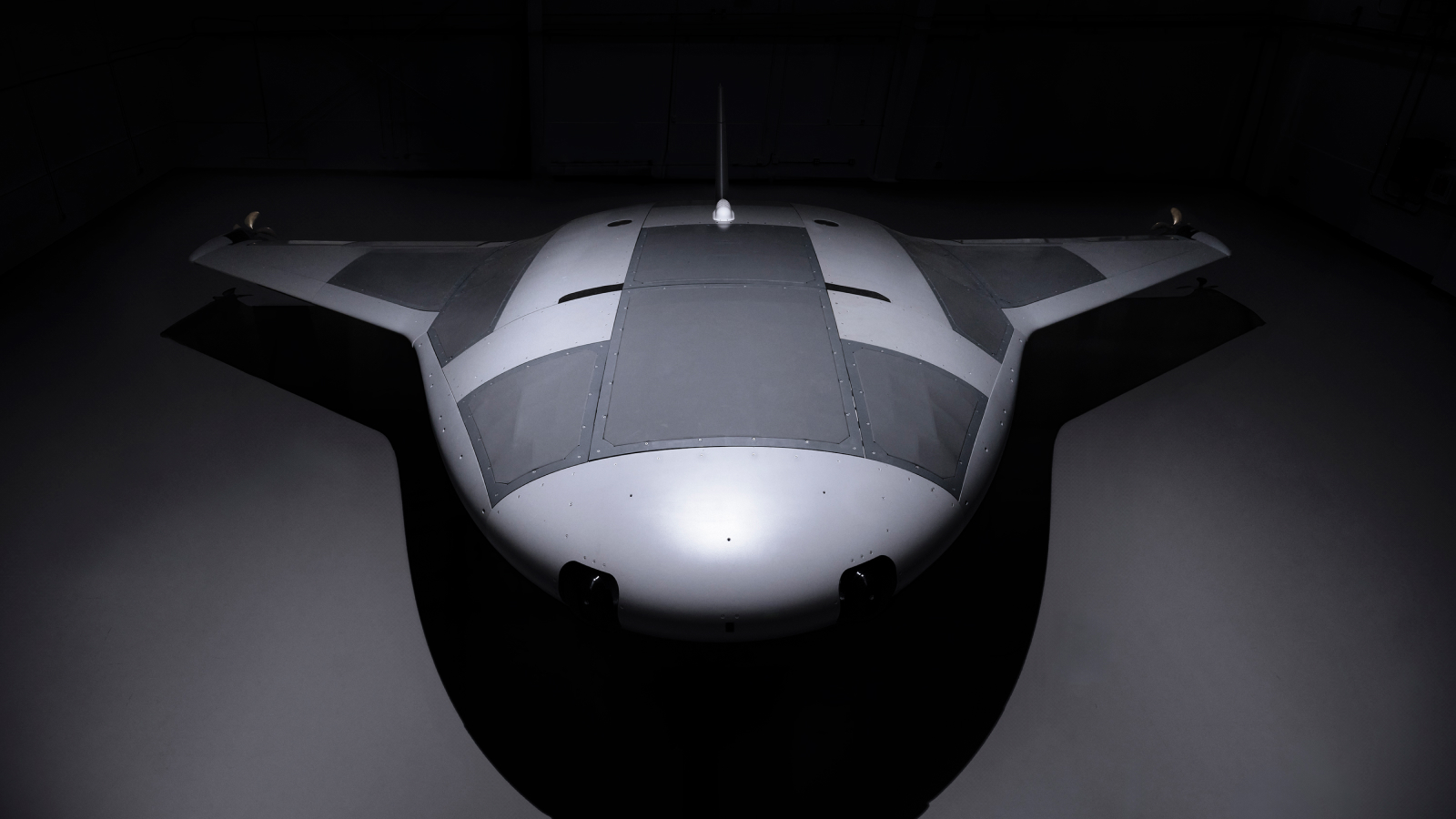Applied Sciences, Vol. 14, Pages 3375: Establishment of a Periprosthetic Acetabular Bone Defect in an In Vivo Model
Applied Sciences doi: 10.3390/app14083375
Authors: Frank Sebastian Fröschen Thomas Martin Randau El-Mustapha Haddouti Frank Alexander Schildberg Jacques Dominik Müller-Broich Werner Götz Susanne Reimann Dieter Christian Wirtz Sascha Gravius
The biological reconstruction of periprosthetic acetabular defects is essential for the success of revision total hip arthroplasty. However, a standardized in vivo defect model with good analogy to the human situation is still lacking, which has significantly limited the research and development of this highly important clinical entity. A defined animal defect model might be a possible solution as it offers the possibility to evaluate different biomaterials for periacetabular bone reconstruction in a reproducible setting. In an ovine periacetabular defect model (n = 27), a defined bone defect (1.5 × 1.5 × 1.5 cm/3.375 cm3) in the cranial load-bearing area of the acetabulum was augmented with two different biomaterials as well as autologous cancellous bone in an ovine periprosthetic defect model and bridged with a Ganz reinforcement ring (n = 9 animals per group). Eight months after implantation, radiological and macroscopic examination was performed. The operation with the establishment of a defined periacetabular defect could be performed in all cases. There were no intraoperative complications in the three groups. During the course of the experiment, three sheep had to be excluded due to complications. A macroscopic evaluation after 8 months showed a firm neocapsula surrounding the hip joint with macroscopic consolidation of the bony defect and a stable inlying implant. There were no detectable differences between the three groups in the macroscopic or radiological evaluation. In summary, the presented ovine model might offer the possibility to create a defined bone defect and investigate bone defect reconstruction with different materials.

 2 weeks ago
19
2 weeks ago
19


